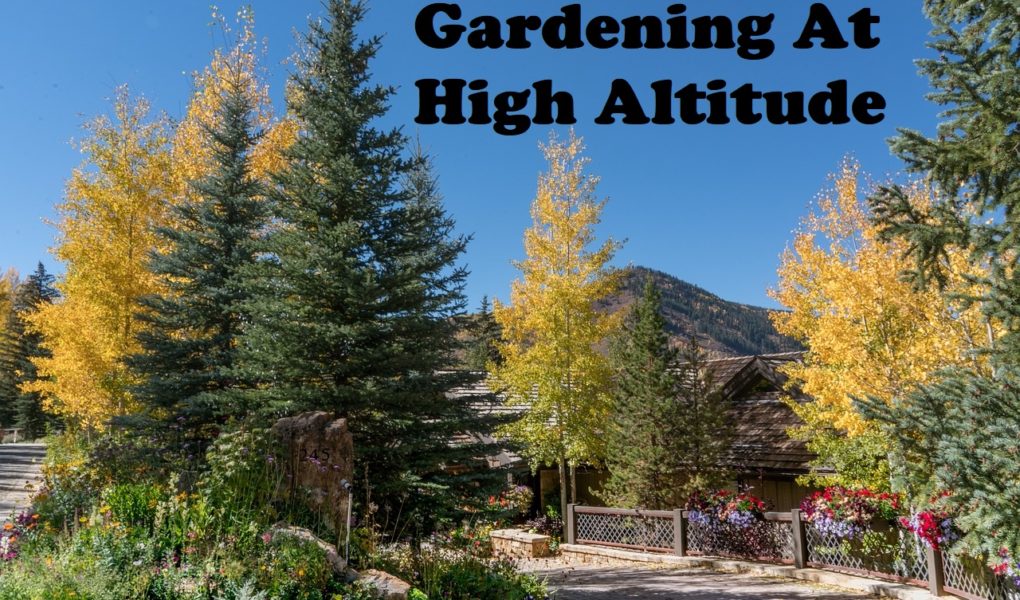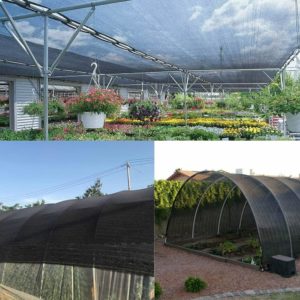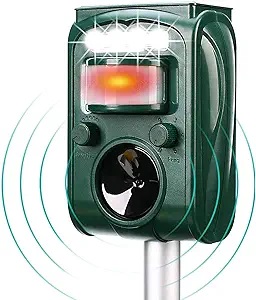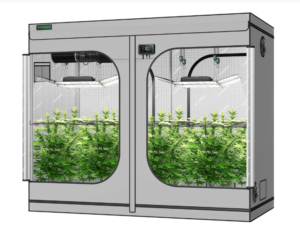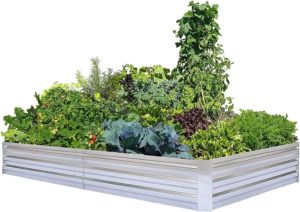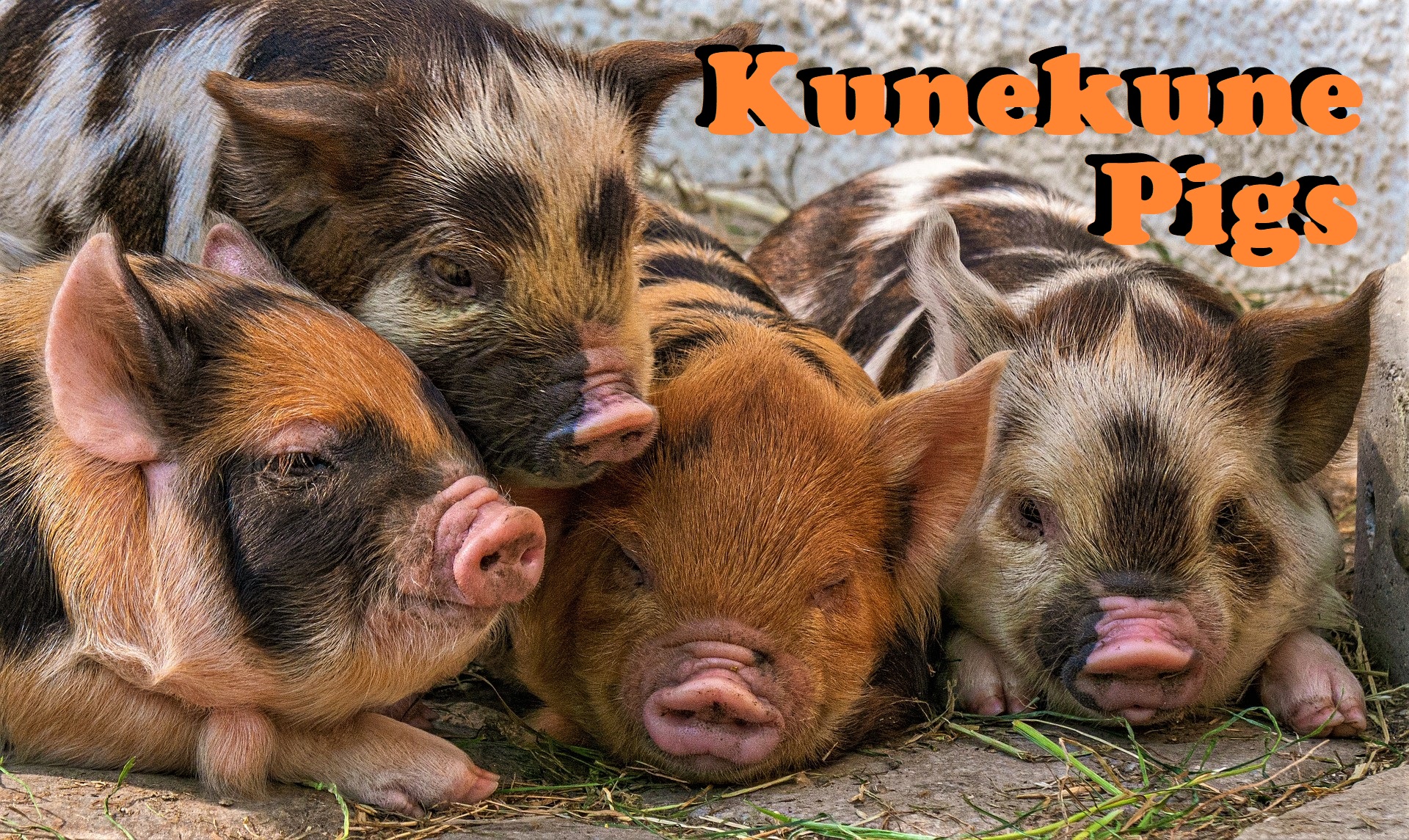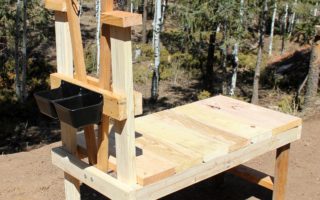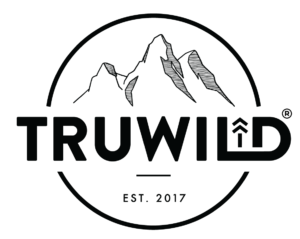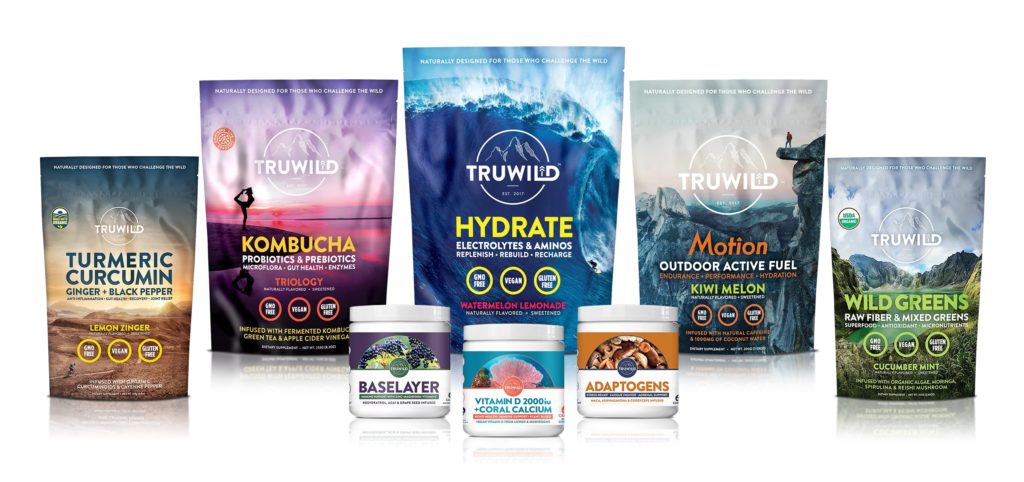Garding at high altitude can be incredibly challenging depending on your particular area you live in. Here in Colorado at zone 4, we have a shorter growing season, violent hailstorms, and a variety of pests. The following are items that I could not be without on our homestead.
1. Greenhouse
A greenhouse is an absolute asset for a high-altitude garden for growing strong healthy plants. This will provide protection from the colder temperatures and nasty hailstorms. For example, before having a greenhouse, my tomato plants would only get a foot or two tall. Now that I have a greenhouse, my tomato plants grow taller than me and needed diligent trimming to keep in check. Buy what you can afford. I started with a simple PE plastic tunnel greenhouse that worked great. But you can also get ones that just cover your garden row. Or go all out for the heavy-duty polycarbonate ones. Something that will help also stretch your grow season a little further is greenhouse heater. But an even better option if you need something low watt is to opt for seedling mats hanging in your greenhouse.
2. Hardware Cloth Protection
If you don’t have a greenhouse, your garden will be at risk from the dreaded hailstorms that roll through and destroy all your hard work to get your plants going. Hailstorms can come and go before you are able to react. And if it doesn’t kill your plants, it’ll definitely set them back. A good idea to prevent this is to make PVC hoops with hardware cloth over your garden beds. You can make them elevated so you can still access the garden bed underneath. There is the classic galvanized wire, or you can opt for the nicer black vinyl coated wire. I like hardware cloth best for its breathability. It allows rain through easily while deflecting most of the hail. But there are other DIY options too if you prefer something else like shade cloth.
3. Seedling Starter Set Up
Higher altitudes generally mean a shorter growing season, and some plants require more grow time than others. So, if you wanted to broaden the variety of plants you can grow, then you’ll want to start certain seeds early indoors. A mini greenhouse with shelves is great, especially if your low on space. Long LED grow lights are low watt and fit perfectly in a mini greenhouse. Then you just need grow trays and pots to put on the shelves. I like the 4 inch pots best as they allow plants to be in them longer. Those kits with tiny planting cells need to be planted in the garden or repotted almost immediately after sprouting.
4. Wheel Barrel
A good wheel barrel is a necessity. Whether you’re getting a load of compost, mixing a batch of soil for new beds, or moving potted plants around. A simple rubber wheel barrel should be just fine for gardening. But if you’re like my husband and move a lot of rocks, then a metal wheel barrel may be better.


5. In Bed Worm Compost Bins
I’m always looking for organic and natural ways to enrich and fertilize my garden beds. These fun things are compost bins that you bury in your garden. You fill them up with compost materials and it attracts worms. The worms go in and out as they please. It keeps the worms happy and close, which is healthy or your garden. The worms create compost more quickly than other methods. With such a short growing season, you need a quicker way to compost materials for your garden beds. A traditional hot compost pile can take up to 4-6 months until it’s finished. Cold composting is 6 months to a year. Worm composting is as quick as 2-3 months. Don’t worry, worms won’t eat your garden plants, they only eat dead rotting material you provide. And their waste is incredibly beneficial for your garden.
6. Pest Deterrents
Last but not least if you’re at high altitudes you are likely living in a more rural area and therefore have pests to deal with. This can include pests like deer, raccoons, etc. Depending on the type of pests you have, there are some nonlethal deterrents you can try. This includes products like an ultrasonic animal repeller, solar nocturnal predator lights, and motion activated sprinklers. But remember, a deterrent is just that . . . a deterrent. It should help with the problem but is not guaranteed to completely solve the problem. I had deer that liked to jump the fence into my garden. So, I set up and ultrasonic animal repeller. It seemed to solve the problem for the most part. Then a month or so later there was a day I noticed a few plants were nibbled at. I have a pretty large garden, so a second until may have prevented it.
I hope you found this information useful as you begin you gardening journey.  Gardening is (or should be) such a peaceful hobby. But it can become stressful when you’re battling a harsher environment. These tips should help combat some of the common headaches and make gardening more enjoyable. Happy Gardening!
Gardening is (or should be) such a peaceful hobby. But it can become stressful when you’re battling a harsher environment. These tips should help combat some of the common headaches and make gardening more enjoyable. Happy Gardening!

Recommended Products (clickable)
*Featured image and DIY greenhouse picture from pixabay

